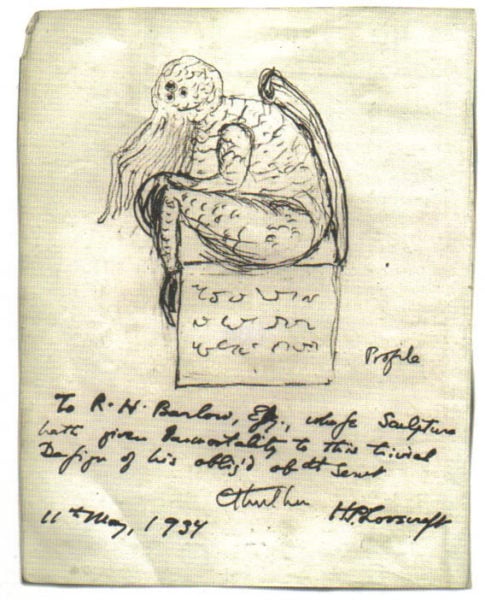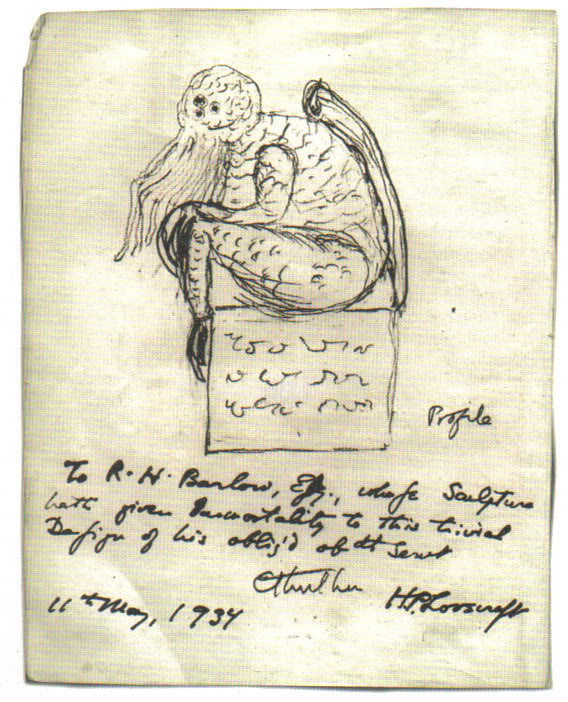
Every week, The Daily’s Reads Beat comes together to talk about literature and books. Being the end of October, this past week’s discussion focused on Halloween and horror of the summer, a season when you have to read Edgar Allen Poe and watch “The Nightmare Before Christmas.” Although Oct. 31 was on Tuesday, horror is still in the air, following each of us across Meyer Green and into out 9:30 in the Main Quad.
Ashley Huang, Contributing Writer (ashhuang ‘at’ stanford.edu)
“Move Under Ground” — Nick Mamatas: A kooky yet weirdly satisfying mash-up of Beat Generation figures and the Cthulhu mythos — yes, you read that right — that treads the line between humor and horror, Mamatas’ “Move Under Ground” satisfies a desire that literally no one even suspected they had. The story follows a belligerent and boozed-up Jack Kerouac, who witnesses the rising of R’lyeh, once-sunken city of untold Lovecraftian horrors, off the Californian coast. Yet the cleverness of the book’s conceit — Kerouac and fellow beatniks ghost-busting their way across the American landscape — eventually gives way to questions that are hauntingly earnest. It’s the Beat’s laments over post-war society, which always flirted with the apocalypse, taken to the brink and back. At once insular and transcendent, quirky and deeply painful, “Move Under Ground” distills some of America’s greatest myths down to their messy, human hearts.
Anna-Sofia Lesiv, Contributing Writer (alesiv ‘at’ stanford.edu)
“H. P. Lovecraft: Against the World, Against Life” — Michel Houellebecq: Alright, you got me. This one isn’t exactly a horror-story-per-se. It’s an essay describing the existential horror and hatred-of-the-world that led H.P. Lovecraft to produce his terrifying, haunting stories. Lovecraft was a misanthrope and a racist. His stories are filled with murderous tribes and terrifying menaces, whose chaotic practices wreak havoc on an otherwise ordered world. The specter of horrible apocalypse hangs over all his stories. They are foreboding warnings, anticipating the day when the perverse, subterranean forces in our society will rupture the seemingly smooth ground beneath our feet and swallow our society whole. The essay’s author is French novelist and cultural critic Michel Houellebecq. Lovecraft’s disgust with society and modernity infected the author, who has since spilled out similar invective in his novels and later writings. Despite his bias, Houellebecq sharply dissects Lovecraft’s affectations and produces a work that exposes the impulses behind his depressing and eerie works. For both men, the lasting horror cuts deep when they realize hell isn’t found in fictional monsters, but in the world right around them.
Ben Maldonado, Staff Writer (bmaldona ‘at’ stanford.edu)
“Royal Jelly” — Roald Dahl: Yes, the same Roald Dahl of “Charlie and the Chocolate Factory” and other unforgettable works. Who could have imagined that the man who dreamt up various of way a factory can harm kids would also have written horror? This text follows the story of a beekeeper, his wife, and his daughter. In light of their daughter not eating, the parents decide to feed her with royal jelly, a substance used to feed bee larvae in the colonies. As expected, everything goes completely wrong. Spoiler: it’s Kafka for kids, complete with the strange parental relationships. Check it out if you want to read your favorite author as a child be quite creepy.
Medina Husakovic, Contributing Writer (medinah ‘at’ stanford.edu)
“The Female of the Species: Tales of Mystery and Suspense”— Joyce Carol Oates: I read Joyce Carol Oates’ “The Female of the Species: Tales of Mystery and Suspense” in high school, when my confusions about gender, specifically womanhood, felt daunting, scary almost. In this short story collection, Oates weaponizes our cultural knowledge of gender and the corresponding Freudian fears we hold to craft eerie, atmospheric stories peopled with the characters you’d expect – a young girl who accidentally kills her brother, murderous nurses, bored, sexually frustrated housewives, deeply insecure, rich women and prostitutes. Oates’ goal is to present the ways in which norms of womanhood can lead to distorted and disturbed psyches. Oates especially focuses on how the coding of femininity as irrational leads to uncertainty and gendered distortions of reality. These stories are not only disturbing and violent, they present a theoretical perspective on gender that is fascinating to engage with. And, most surprisingly, they are “cathartic”; Oates writes both to express and channel the violence that is inherent in the upkeep of what we call “femininity.”
Josh Wagner, Reads Desk Editor (jwagner4 ‘at’ stanford.edu)
“The Marriage of Heaven and Hell“ — William Blake: Not intended as a horror story, William Blake’s long form poem, “The Marriage of Heaven and Hell” combines aspects of the mystical and the metaphysical. No less scary than encountering our own humanity, Blake gestures at the fact that your version of heaven is his version of an unimaginable hell with chained monkeys chomping at your toes. What could be more hellish than a meditation on the disturbing nature of our own existence? Blake’s poetry is filled with images of division, sublimity, and the ultimate impossibility of human connection. But, the very best part about Blake’s terse narrative are his swirling visuals and mellifluous rhythms, influenced by the cylindrical-rectilinear motion of Dante’s “Inferno.” At once a fractured reflection on hell and a quirky story about angels and monkeys, “The Marriage of Heaven and Hell” will show you the synchronous shame and joy of living.
